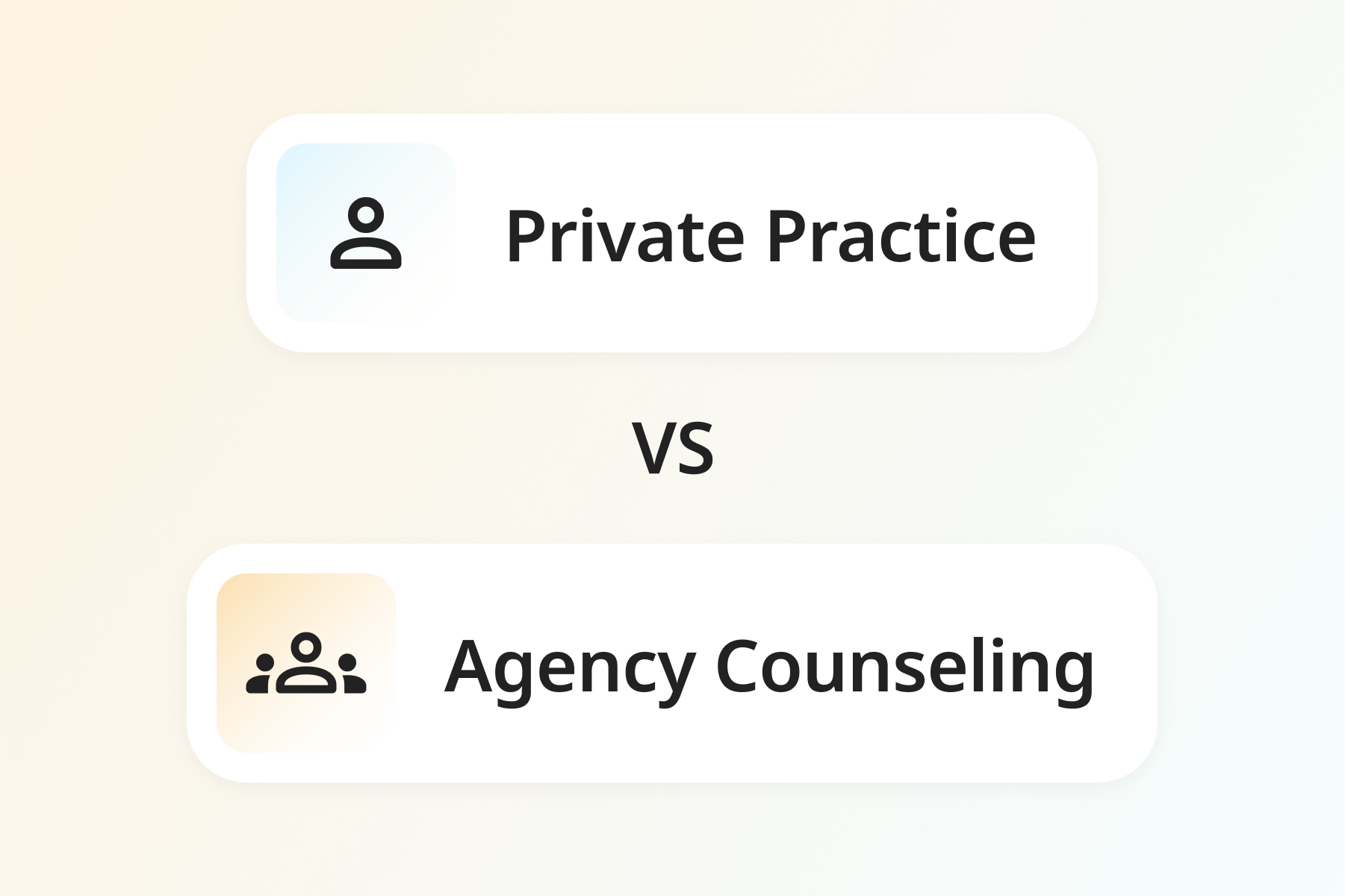How to Build Your Client Referral Network


Figuring out how to get new client referrals can feel like a frustrating chore, even the most seasoned therapist. But, like with any business, maintaining a steady stream of new clients is crucial to creating and sustaining a flourishing psychotherapy practice.
Building a strong client referral network is one of the most effective ways to grow your practice. Referrals are essential to establishing your reputation as a practitioner and creating a steady pipeline of clients who are a good fit for your treatment style and therapy approach.
5 strategies to build your client base as a therapist
1. Create an online presence
Staying active on social media platforms like Facebook, Twitter, and LinkedIn is a great way to strengthen your online presence. It creates a visible presence for your practice and helps you stay at the forefront of both current and potential client’s minds.
Maximize your social media profile by sharing essential information about your practice, promoting your specific services, and offering timely contentIt also creates a place where current and past clients can leave positive reviews about their experience working with you.
2. Ask for client referrals
Word-of-mouth marketing is powerful in building trust and credibility. There is no one better to ask for referrals than your clients. People who already know, like, and trust you are much more likely to refer to you to their own friends and family. Provide business cards or printed literature that clients can share when referring friends and family members, if they feel comfortable.
Also encourage clients to post testimonials on your website or social media pages. TherapyAppointment offers the option of including your practice’s website link and social media icons at the end of client emails.
3. Join professional organizations
In addition to keeping you informed of the latest industry trends and best practices, professional organizations provide valuable opportunities for networking with other mental health professionals, resource-sharing, and potential referrals. Several well-known organizations include:
– American Psychological Association
– National Association of Social Workers
– American Counseling Association
– American Association for Marriage and Family Therapists
4. Attend conferences and workshops
One benefit of networking is that you expand your base of clients who could potentially hire you for roles. Not only that, but by cultivating a reputation for excellence, professionals in your network may recommend you to clients seeking services just like yours.Almost all of the organizations we listed above hold national conferences, local meet-ups, and workshops every year.
You can also find smaller state-wide chapters that hold local meetings and online events. IF you are attending in person, come armed with business cards and be proactive about striking up conversations with other attendees. Introduce yourself, ask questions about their practice, and after the conference follow-up with an email or phone call.
5. Use online directories
Therapy-specific directories, like TherapyAppointment’s free Find a Therapist search tool, can increase your online visibility and help potential clients find you easily. Since this is the first time prospective clients will be introduced to your practice, your profile should be engaging, informative, and accurately represent who you are as a therapist. A strong therapist profile should include a professional headshot, details about your education, professional experience, areas of specialization, treatment approach, fees, and contact details.
Retaining, nurturing, and expanding your referal network
Communicate regularly
Don’t let too much time go by without being in touch with your referral sources. Remember to call, email, send a follow-up note, or meet for lunch periodically to build and maintain the relationship.
Express your gratitude
When a client or another professional refers a new client, send a note or call to thank them personally. If someone refers to you regularly, be sure to periodically let that person know you appreciate him or her sending business your way.
Make referrals to your referral sources
Keep the people who refer you the most in mind when you have a client you are are not able to see. Your contacts will view their relationship with you as mutually beneficial and will be more likely to reciprocate.
Expand your network
Set aside a certain amount of time each week to build your network of referring professionals. Follow up with new contacts by sending a quick email or mailing them a copy of your brochure along with a handwritten note.

.jpg)

